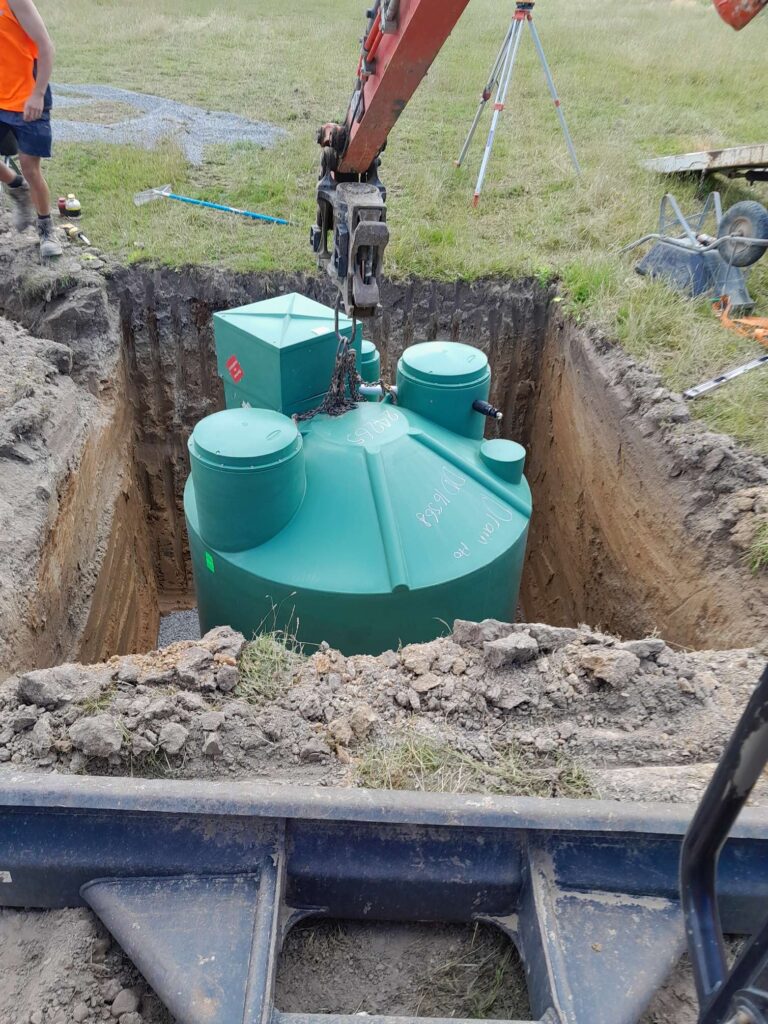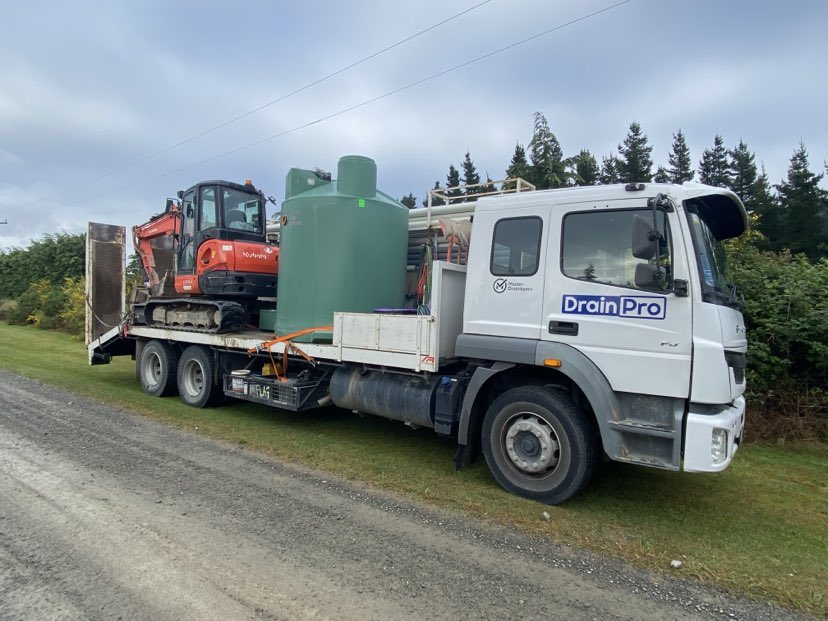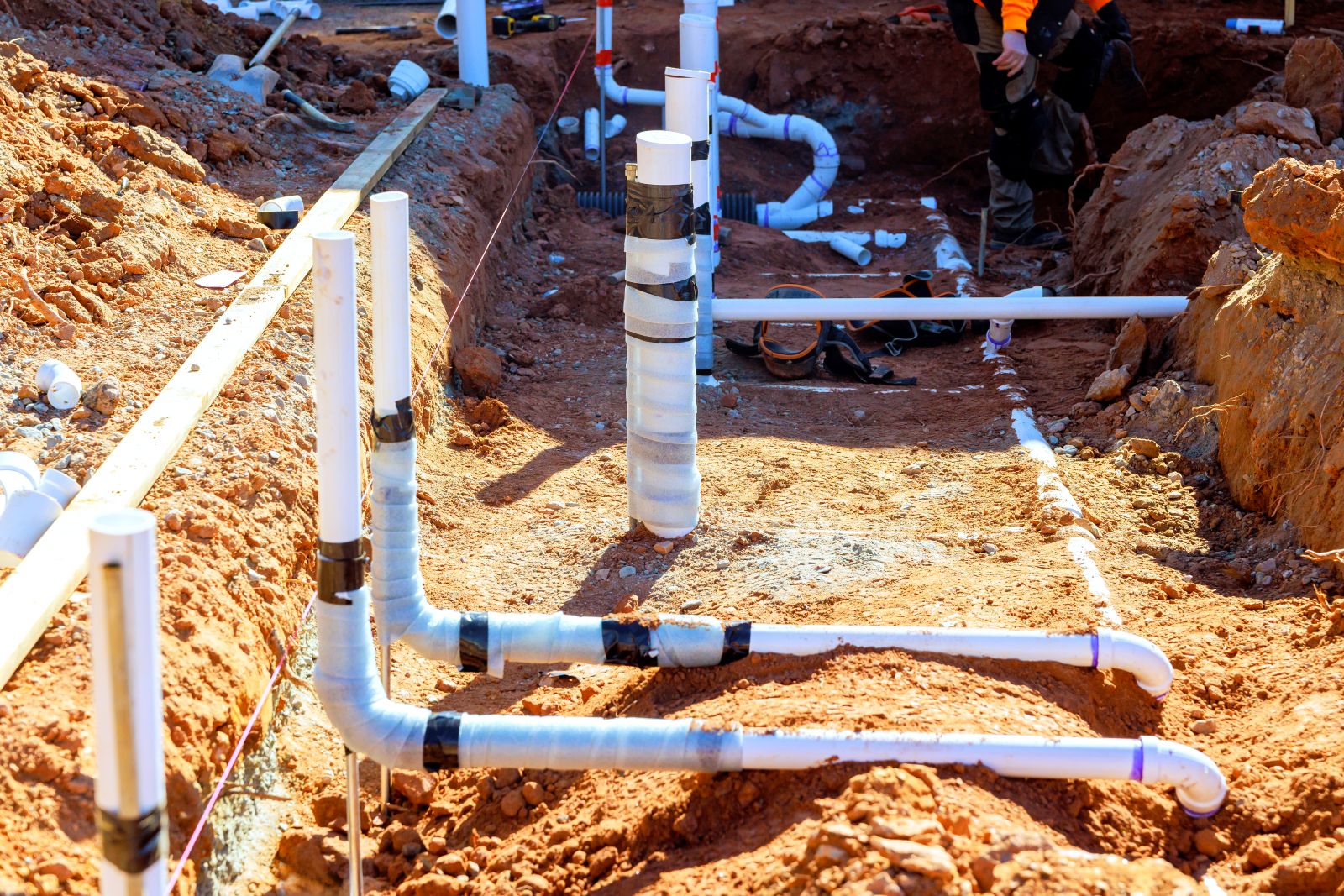Why Septic Tank Installation Requires Careful Planning in Hamilton
Septic tanks are a smart solution for many Hamilton homeowners, especially those living on lifestyle blocks, semi-rural properties, or areas without mains sewerage. But installing one is not as straightforward as digging a hole and connecting some pipes. The success of a septic tank system in Hamilton depends heavily on thoughtful planning, understanding local soil conditions, complying with council regulations, and long-term maintenance foresight.
In Hamilton and across the wider Waikato region, unique environmental factors like heavy clay soils, fluctuating water tables, and seasonal rain can directly impact how well a septic system performs. Cutting corners or making uninformed decisions at the start of the installation process can lead to serious consequences, from costly repairs to complete system failure. Below, we break down the most common mistakes homeowners make, so you can avoid them from day one.
Choosing the Wrong Septic Tank System for the Property
Different Systems Suit Different Sites
One of the most common missteps is selecting a septic tank that simply does not suit the land it is meant for. Not all septic systems are created equal — gravity-fed systems, pressure-dosed systems, and aerated wastewater treatment systems all operate differently and are suited to different property types.
Hamilton’s varied terrain and soil types mean some areas require more advanced or robust systems to cope with drainage limitations or slope gradients. A misaligned system can lead to frequent overflows, soggy drainfields, and eventual system breakdown.
Ignoring Household Size and Usage
Many homeowners underestimate how much wastewater their household generates on a daily basis. A small tank might be suitable for a bach or a couple, but a growing family will need something more substantial. Overloading a tank that is too small for the property will lead to poor waste breakdown, higher risks of contamination, and more frequent maintenance. Getting the tank size and system type wrong from the start is an expensive mistake.
Failing to Get the Right Consents and Permissions
Why Hamilton City and Waikato District Council Consent Matters
Hamilton residents need to obtain building and resource consents before installing a septic tank. This step is not optional. The consent process ensures that the proposed system meets environmental standards and won’t risk groundwater contamination or pose health hazards to neighbours. Councils review proposed designs, locations, and technical specifications, and failure to secure approval can stall or invalidate an installation.
Risks of Skipping Consent
If you go ahead without proper consent, you could face significant fines, be forced to decommission the tank, or run into legal trouble when trying to sell the property. Even if your system appears to work fine at first, non-compliance with local rules can come back to bite you years down the track.
Poor Site Selection and Placement of the Tank and Drainfield
Drainage, Access, and Safety Concerns
Incorrect siting of your septic tank or drainfield can lead to persistent drainage problems and safety risks. In Hamilton’s heavy clay soils, water can pool easily — so placing your drainfield in a low-lying or shaded area can lead to saturation, especially in winter. Avoid locations close to trees (to prevent root intrusion), driveways (to avoid load-bearing damage), or areas with heavy rainfall runoff. Placement must allow for good drainage and minimal disruption to surrounding land.
Why Orientation and Flow Direction Matter
Septic systems rely on gravity or pressure to move waste through the treatment process. If the tank is not installed at the correct depth or orientation, waste can pool, pipes can block, and pumps can overwork. Even small miscalculations in tank slope can make a big difference in how effectively waste is processed.

Hiring the Wrong Contractor or Attempting a DIY Installation
What to Look for in a Hamilton Septic Installer
Choosing the right installer is one of the most important decisions you’ll make. A qualified, council-recognised contractor who has experience working in Hamilton’s soil conditions is invaluable. Look for someone who can manage the full process — from site assessment and system design to consent applications and final sign-off. Ask for references, check qualifications, and make sure they understand local council requirements.
The Risks of Doing It Yourself or Using Unlicensed Help
DIY septic tank installation is a massive risk. You might save some money upfront, but mistakes in trench depth, pipe angles, or drainage layout can lead to failures that are far more expensive to fix. Even worse, systems installed without licensed professionals often fail council inspections or never receive final sign-off. That means more delays, more cost, and more hassle — especially if you ever plan to sell the property.
Not Accounting for Long-Term Maintenance and Access
Why You Must Plan for Pump-Outs and Ongoing Servicing
Septic tanks are not a ‘set and forget’ system. Every few years, they need to be pumped out by a registered waste contractor. If you fail to plan for vehicle access, servicing can become difficult or even impossible. Installers should take this into account and design your system with future pump-outs in mind.
The Importance of a Maintenance Schedule
Hamilton homeowners who neglect regular maintenance are more likely to experience system blockages, odours, or backups. A good installer will walk you through a basic maintenance plan and give you clear guidance on what to do (and what not to do) to extend the lifespan of your tank. That includes avoiding harsh chemicals, understanding what can and can’t go down the drain, and knowing when to call in the pros.
Avoiding These Mistakes: What Hamilton Homeowners Should Do Instead
Work With a Professional from Day One
The best way to avoid septic tank headaches is to bring in a qualified local expert from the start. A professional installer will assess your land, recommend the right system for your needs, take care of the paperwork, and ensure everything meets council standards. They’ll also help you plan for long-term maintenance and ensure that the system is positioned correctly for drainage and access.
Prioritise Future-Proofing and Compliance
Even if you’re only a household of two now, think long-term. Is your property likely to host more people? Will you extend the home or build a minor dwelling? Choose a system that can handle growth, and ensure all installations are properly documented. That makes things easier down the track — especially for compliance or resale.
FAQ: Septic Tank Installation in Hamilton
How much does it cost to install a septic tank in Hamilton?
Costs vary depending on the type of system, size, and site-specific conditions. Expect anywhere from $8,000 to $20,000+ including consents, excavation, and installation.
How long does installation usually take in Hamilton?
From planning to final sign-off, the process can take two to six weeks, depending on consent approvals and site preparation.
Set It Up Right the First Time
Septic tank installation on a Hamilton property requires far more than a weekend project and a few tools. From selecting the right system and gaining consent to choosing a smart site and planning for long-term maintenance, every decision you make matters. By learning from these common mistakes — and working with trusted local professionals — you can avoid costly missteps and ensure your wastewater system runs smoothly for decades to come.


